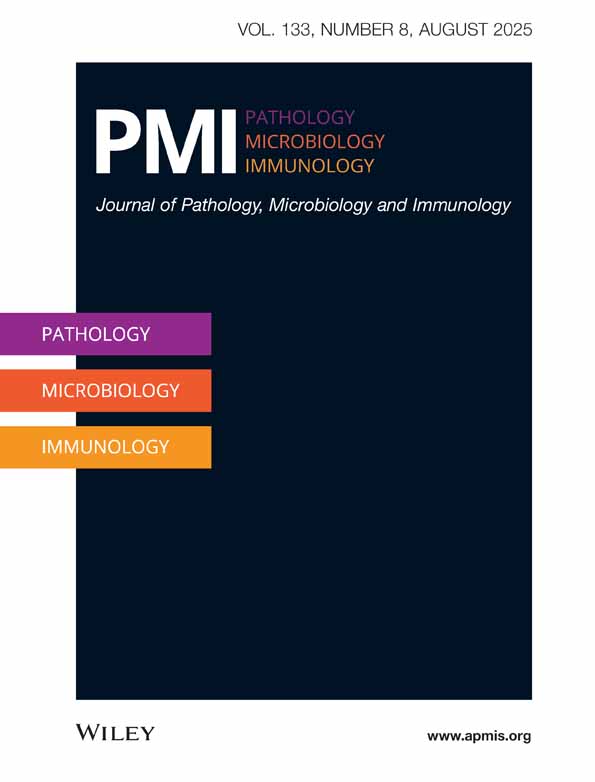Immune complex binding to erythrocyte-CR1 (CD 35), CR1 expression and levels of erythrocyte-fixed C3 fragments in SLE outpatients
Abstract
Erythrocytes (E) from a cross-sectional group of 22 outpatients with systemic lupus erythematosus (SLE) and/or mixed connective tissue disease (MCTD), the majority without active disease (n = 14), were analyzed for CR1 antigen expression and capacity to bind complement opsonized, radiolabeled immune complexes (IC). Furthermore, E-bound C3 fragments and the plasma C3d concentration were determined. E-bound C3b/iC3b fragments were not elevated in patients with SLE, whereas E from 11 out of 22 SLE patients had increased C3d levels which correlated with the plasma C3d concentration (Rs 0.73, p < 0.001). E-fixed C3d fragments did not affect the binding of Mab or preopsonized IC to E-CR1 and were not correlated with disease activity or medical treatment. Antigen expression of E-CR1 measured by ELISA or agglutination showed positive correlation with the IC binding capacity of E-CR1 (Rs 0.92 and 0.72 respectively, p < 001). The IC binding capacity of E-CR1 from SLE patients was significantly reduced (p > 0.005), whereas the antigen expression of CR1 (ELISA) on E from the patients did not differ from that of E from healthy donors (p > 0.1). E-CR1 antigen was measured by Mab reacting with an epitope outside the IC-binding site of E-CR1. E-CR1 antigen expression or IC binding showed no correlation either with disease activity or prednisolone treatment. However, 4 og 5 patients with MCTD and 4 of 5 patients receiving Imurel® were found to have low E-CR1 expression and capacity to bind IC. Thus, measurement of antigenic E-CR1 in a cross-sectional group of SLE outpatients by use of Mab reacting with an epitope outside the ligand-binding region of CR1 did not reveal a significantly reduced CR1 expression. However, an assay for CR 1 -mediated IC binding showed a clearly reduced E-CR1 function.




